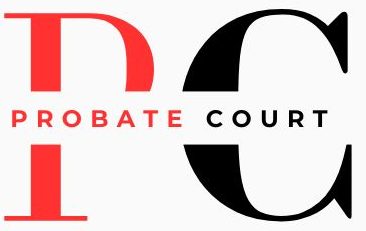
Gold Price Analysis: $2,644 Gains Amid U.S. Rate Speculation
Gold prices edged higher on Tuesday, trading at $2,643.98, up 0.19%, as traders awaited critical U.S. economic data to assess the Federal Reserve’s 2025 rate strategy.

A solid U.S. jobs report, set for release Friday, will play a pivotal role in shaping market expectations for rate cuts. Stable unemployment at 4.2% may lead to a more measured easing trajectory, keeping gold within a tight trading range.
Treasury yields hit their highest levels since May 2024 on Monday, reflecting uncertainty over President-elect Donald Trump’s proposed tariffs. Meanwhile, the minutes from the Fed’s December meeting, due Wednesday, will offer insights into policymakers’ concerns over persistent inflation. Fed Governor Lisa Cook emphasized a cautious approach to rate cuts amid an economy proving more resilient than expected.
As a hedge against inflation, gold has historically benefited from accommodative monetary policy. However, with high interest rates diminishing bullion’s appeal, investors are closely watching inflation and employment data for clues.
XAU/USD
Economic Data to Guide Gold’s Path
Key events include Tuesday’s job openings report and Wednesday’s ADP employment numbers. While non-farm payrolls on Friday remain the focal point, the market is increasingly wary of sticky inflation reigniting caution among Fed officials.
Gold Technical Analysis
Gold consolidates within a symmetrical triangle on the 4-hour chart, signaling potential volatility ahead. Immediate resistance is at $2,665.50, with further targets at $2,680.35 and $2,700.88. On the downside, support stands at $2,633.30, followed by $2,618.03 and $2,596.91.

-
The 50-day EMA at $2,633.45 serves as immediate support.
-
RSI at 58 indicates moderate bullish momentum.
A breakout above $2,665.50 may trigger a bullish rally, while a drop below $2,633.30 could lead to a bearish pullback.



